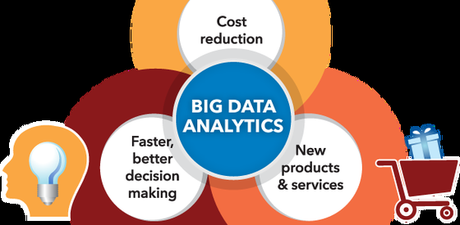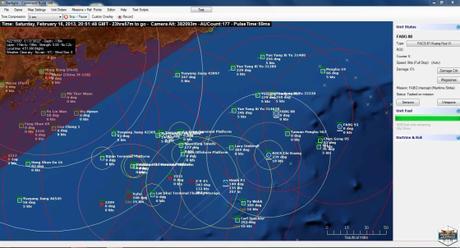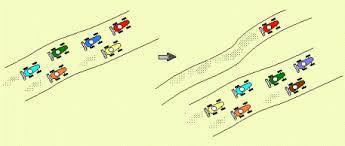

However, in an electronic war game back in 2002 one aircraft carrier, ten cruisers and five out of six amphibious ships were sent to the bottom of the Persian Gulf in the span of just one hour, resulting in the virtual death of over 20.000 US service personnel.
It was the result of an asymmetric strategy by the opponent forces.
Red, commanded by retired Marine Corps Lieutenant General Paul K. Van Riper, adopted an asymmetric strategy, in particular, using old methods to evade Blue’s sophisticated electronic surveillance network. Van Riper used motorcycle messengers to transmit orders to front-line troops and World-War-II-style light signals to launch airplanes without radio communications. Red received an ultimatum from Blue, essentially a surrender document, demanding a response within 24 hours. Thus warned of Blue’s approach, Red used a fleet of small boats to determine the position of Blue’s fleet by the second day of the exercise. In a preemptive strike, Red launched a massive salvo of cruise missiles that overwhelmed the Blue forces’ electronic sensors and destroyed sixteen warships (Wikipedia)It is the same kind of bold thinking we noticed in our blog Thinking outside the SeaMap: “doing different things” or “escaping the temptation to do more-of-the-same but only better”.
Military strategists distinguish between symmetric and asymmetric warfare. Symmetric warfare is characterized by standing armies that follows more or less the same tactics and organized in the same way. Their standard mode of operation can be traced back to Napoleonic Warfare.
Guerrilla warfare is an escape from fighting according to the rules imposed by the often far more powerful opponent. Therefore, this strategy is often applied by less powerful opponents. The most famous form is guerrilla warfare, next to terrorism.
Asymmetric competitor strategies could be an effective approach in business. Basically, it is not playing the game similar to the other companies, that is selling and marketing the same products as competitors but cheaper and better. It is about disruptive innovation, changing the rules in the market, by delivering a complete different product than you competitor does. It is all about gaining competitive advantage by creating an unique niche in the market. Playing another race at a different circuit.


Asymmetry
There is much more to say about the embarrassing destruction of the mighty US Navy, as the over reliance on technological superiority and information dominance. Also, the neglect of intuition about the intentions and capabilities of the enemy.
Disclaimer: Now you have heard about the advantage of disruptive innovation or step-out innovation and decide that your organization should do “some of that.” But most organizations are designed to do something else very well. Namely, what they are already doing. You may have a brilliant vision, you may have identified the next great idea, but organizational routines, standard Key Performance Indicators and existing organizational structures will prevent proper execution: The company will will continue to do what they are already doing succesfully: ” a tiny bit better and a tiny bit cheaper?” See “Why Big Companies Can’t Innovate” by Maxell Wessel.
See also the video: Disruptive Innovation Explained by Clay Christensen.
